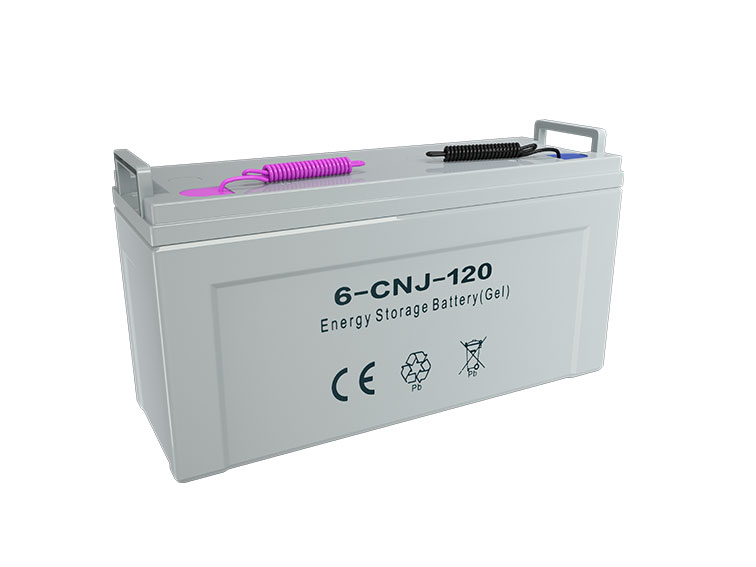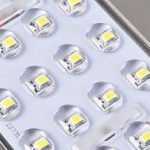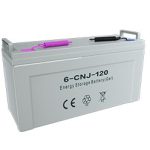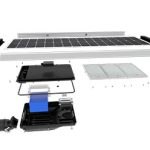What are the composition of lithium battery for solar street light?

Standard configuration of solar street lights – what exactly is the lithium battery for solar street light composed of?
lithium battery for solar street light
For outdoor lighting, now we generally use solar street lights. If we want to release the energy stored during the day at night, the existence of batteries is indispensable. Now we generally use lithium iron phosphate batteries, which are very large in size and weight. Advantage. It can be easily installed on the light pole, or it can be designed in an integrated manner. You don’t have to worry about installing it on the light pole as in the past, which will increase the burden on the light pole due to the heavy weight.
Moreover, the lithium battery for solar street light specific capacity is much larger than that of lead-acid batteries and other batteries, and the efficiency is also higher. Its advantages can be reflected in many aspects. So what are the main components of such an easy-to-use lithium iron phosphate battery?
Cathode
The reason why it is called a lithium battery is that lithium is definitely indispensable in the materials used to make it. However, lithium is very unstable in the form of elements. A combination of lithium and oxygen – lithium oxide – is often used as the active material, and then conductive additives are added. The binder forms the cathode, and its chemical reaction generates electricity, which determines the capacity and voltage of the lithium battery.
Generally speaking, the higher the lithium content in the active material, the greater the capacity of the battery, and the greater the potential difference between the cathode and anode, the higher the displayed voltage. On the contrary, the higher the lithium content, the greater the potential difference between the cathode and the anode. The less, the smaller the capacity and the lower the voltage.

Anode
When the current converted by the solar panel charges the battery, lithium ions will be stored in the anode. Active materials are also used in the anode part. It mainly allows the lithium ions to be released from the cathode when the current flows through the external circuit. Reversible absorption or emission, simply put, it sends electrons through a wire.
Graphite is often used as the active material in the anode part because the structure of this material is relatively stable. When used at room temperature, it can withstand drastic changes in temperature without being destroyed. The volume does not change much and it will not produce cracks. In addition, the electric current The chemical reactivity is also relatively low, so it is more suitable for making anodes.
Electrolytes
If lithium ions flow through the electrolyte, it is a trivial matter that electricity cannot be used. It mainly threatens safety. Only when lithium ions only move between the anode and cathode can the current we want be generated, and the electrolyte plays this limiting role. of.
The electrolyte is mainly composed of salt, solvent and additives. Among them, the salt mainly acts as a channel for the movement of lithium ions. The solvent is an organic liquid used to dissolve the salt. The additives are for certain specific purposes.
As an electrolyte, it should have excellent ionic conductivity and electronic insulation, so that it can fully exert its function as an ion transmission medium and reduce its own self-discharge; to ensure the conductivity of ions, it is also necessary to ensure the lithium ion migration number of the electrolyte , reaching 1 is the most ideal.
Diaphragm
The separator mainly plays the role of separating the cathode and anode, preventing the direct flow of electrons and short circuits, and only forming a channel through which ions can move.
Among the materials used to make it, polyethylene, polypropylene, etc. are often used. A good separator can provide better protection when an internal short circuit occurs, and can also provide sufficient safety in the event of overcharging and reduce the risk of overcharging. The thickness of the electrolyte layer reduces internal resistance, allowing the battery to show higher performance, and has better mechanical properties and thermal stability, ensuring the quality of the battery.
Author

ZGSM Solar
We are a professional solar street light manufacturer with a 20-year history.






